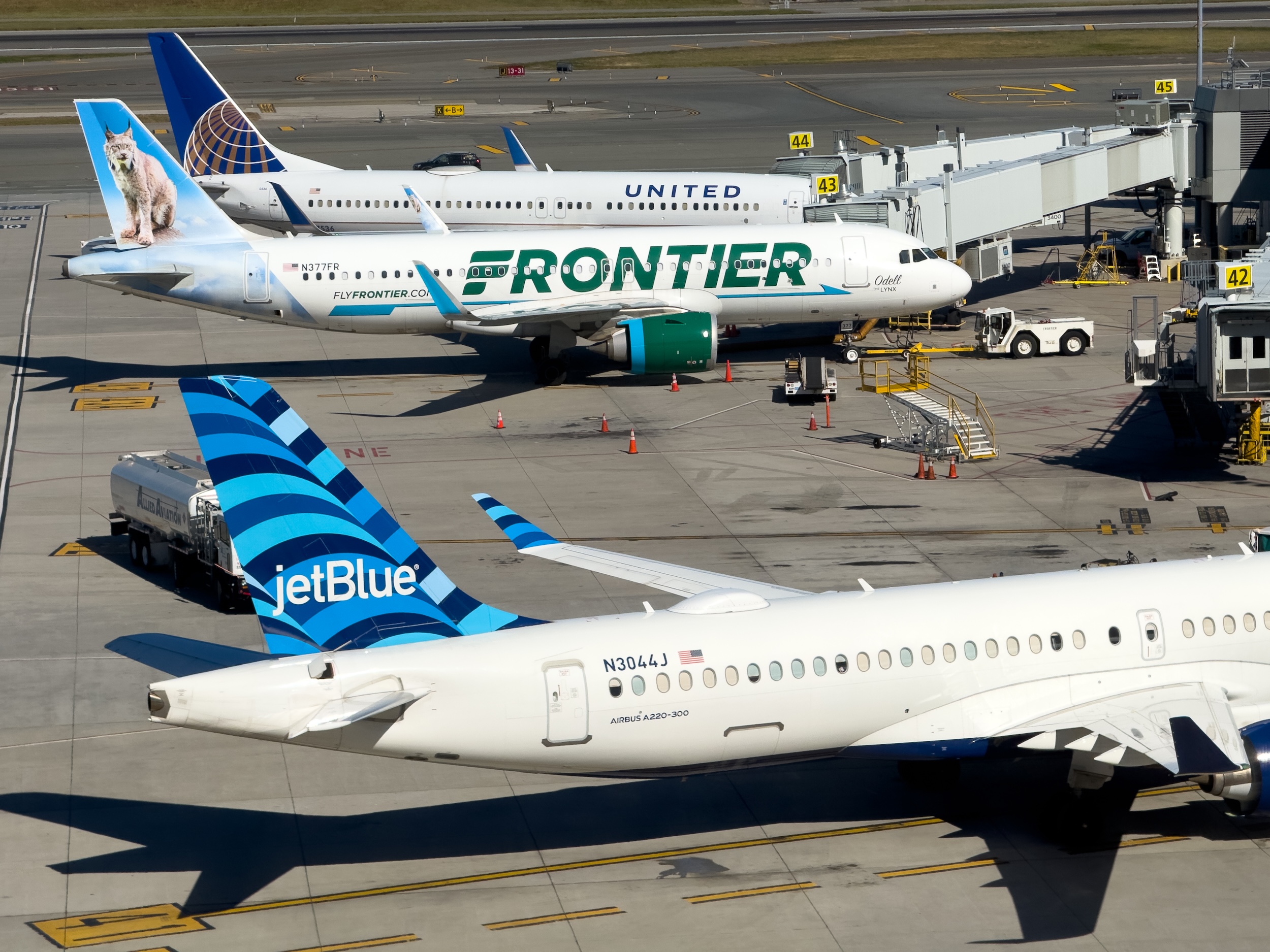Log-in here if you’re already a subscriber
Senior U.S. airline officials are skeptical of the U.S. Department of Transportation’s safety justification for an unprecedented slew of scheduled domestic airspace capacity reductions instituted early Friday morning at 40 “high-impact” airports across the country. The cuts start at 4% of nationwide scheduled operations, but expand to 10% by Nov. 14 — a never-before-seen move made in anticipation of continued strain on the national airspace system induced by the ongoing government shutdown.
In the FAA’s final order codifying the schedule reductions released Thursday — which was published just 12 hours ahead of the cuts going into effect — the agency cited concerns gleaned from “aviation safety data” but did not make any of that data public or share it with operators. Transportation Secretary Sean Duffy told CBS News Friday morning he would share the data with Congress and the airlines “later.”
The Air Current spoke with nine C-level U.S. airline executives and senior officials across six U.S. carriers for this story, all of whom were granted anonymity to speak freely due to concerns about professional or political reprisal. They expressed varying degrees of skepticism, but none felt the cuts were without some level of political interference.
With the 37-day funding lapse now the longest on record, the appearance of political intent behind the ostensibly safety-focused reduction plan threatens to weaken the morale of an already-strained, unpaid workforce of safety-critical personnel — including air traffic controllers and technicians — as well as the integrity of the national airspace system.
In one sense, the move puts U.S. aviation a step closer to realizing one of its most elusive goals: a truly proactive safety system that is able to anticipate and react to issues before they lead to accidents. Officials at a press conference announcing the plan on Nov. 5 said the reductions are a result of lessons learned from January’s midair collision near Washington, D.C. as well as indicators of shutdown-induced burden on the national airspace system.
Yet absent the data behind its “data-driven” justification, the agency’s argument for widespread disruption for airlines and the flying public boils down to trust us, which is especially problematic in light of how the aviation system has been used as a political cudgel during the second Trump Administration.
One senior U.S. airline leader told TAC, “Honestly, it’s a mix of politics and safety.”
Subscribe to continue reading...Subscribe to Continue Reading
Our award-winning aerospace reporting combines the highest standards of journalism with the level of technical detail and rigor expected by a sophisticated industry audience.
- Exclusive reporting and analysis on the strategy and technology of flying
- Full access to our archive of industry intelligence
- We respect your time; everything we publish earns your attention


